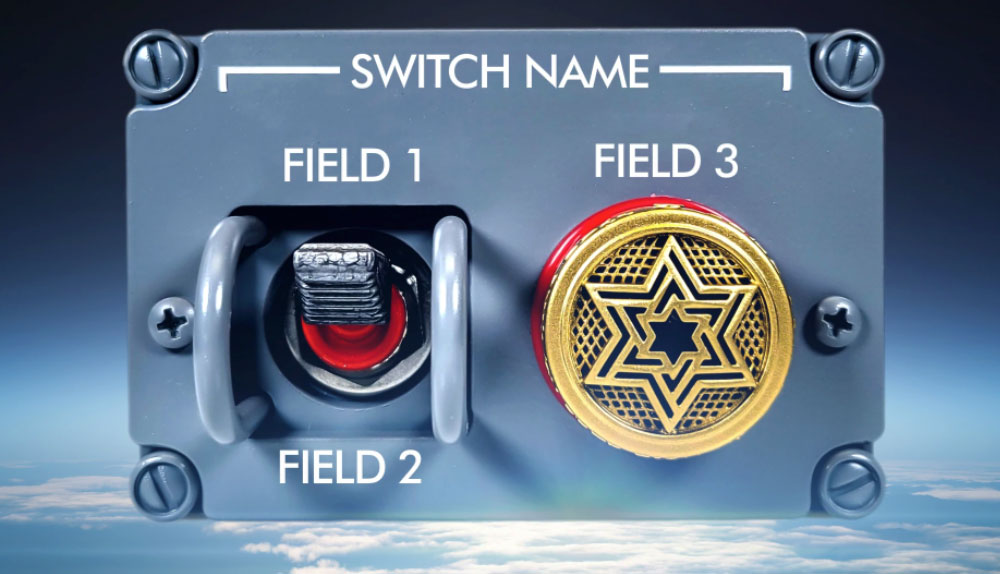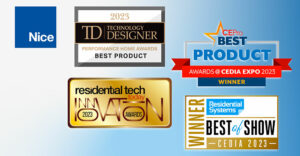I’ve been working with home automation offerings since the 1970s when I first installed X-10 switches in my apartment — which I’m sure my landlord really appreciated when I moved out. Back then, there was only X-10, and while it was anything but secure, the fact there was no internet pretty much prevented me from being hacked.
Then in the early 2000s Insteon came out and I was an initial fan. Both my last house and current house were completely wired with Insteon switches, and, with some exceptions, things worked fine.
The exceptions were that Insteon was not a common standard. So, security cameras, door locks and every connected appliance not only used another protocol but were largely different from each other as well, and often came from the same brand.
This lack of commonality is still rampant. Apple, Google, and Amazon have worked at connecting with these different platforms, but the results are less than reliable. Until connected home automation devices will talk to each other, or we have a more dependable way to bridge the standards, a true “IoT home,” our new term for automating things, is not viable.
But Insteon apparently went under, and now I must eventually rewire the switches in the house again which is not only going to be expensive, but I’ll also invariably shock myself several times in the process, which means I’ll be putting off this effort for some time.
Let’s talk about that this week — and what I’m looking at to replace the Insteon switches — as well as my product of the week, which is a set of custom spacecraft switches for your car, home or just to impress your friends.
Smart Home Dilemmas
There are three ongoing problems with home automation. The first is common across several technology verticals, which is the lack of learning from those that have gone before.
This isn’t true of home automation alone, but of IoT in general. Virtually every company approached the IoT opportunity from scratch instead of buying existing companies like X-10 or Echelon. X-10 was a leader in home automation, Echelon was a leader in business automation, and both teams learned a great deal in the decades their firms were in operation by making a lot of mistakes and having a few successes.
Had either company been used as a basis for the next generation of products, the acquiring companies would have hit the ground running and wouldn’t have to relearn what works and what doesn’t.
Problem number two is that automated switches will need to be replaced as technology advances, security concerns arise, and the wearable parts wear out. If the home isn’t properly shielded, even an electrical spike can take out the switches, so making them easy to replace by the user is critical. But most switches require you to hardwire them every time.
Only one company seemed to realize this was a critical problem and that is Noon Smart Lighting. It developed a switch dock that once wired in forms a socket for a new switch that allows you to easily upgrade your switches when they become obsolete or fail.
This would have been my first choice for switch replacement. Sadly, while the web site remains active, every effort I’ve made to try to contact them has failed. So I have my doubts whether they are still operating in the U.S., though they may still be active in Europe.
Problem number three is the lack of a set of common interoperability standards that cut across all home automation products. As noted, while there are some “standards,” they aren’t universally used, and you usually need to get something that works with whatever you want to use as a hub.
So, if you’re using Apple, you start with stuff that works with Apple, taking the risk that Apple and that company may part ways. Same with Google or Amazon. This makes it hard to ensure your investment not only lasts for years but initially works as advertised.
My Insteon switches worked with Amazon Alexa intermittently and generally only with all-on or all-off commands, not individual switches. Ideally, appliances, switches and home entertainment products would all use the same set of standards, so they’d interoperate, but that is far from the case, which pushes the true automated home off into the future.
Wrapping Up
Home automation remains largely for those that are either focused on just doing a few things — like your locks, security cameras and sometimes connected appliances — but it’s not yet at a point where you can truly automate your home yourself or have an installer automate it for you in a way that will be comprehensive.
This doesn’t mean you can’t find individual solutions that work. For instance, I’ve started replacing my Insteon switches with Lutron Caseta switches. I’ve installed two wall switches, six outdoor on-off controllers, and the Caseta hub, and everything seems to be working fine from my Microsoft Duo Android-based phone.
I doubt Lutron is going anyplace given it makes a lot of other products and is one of the larger players in electronic control hardware. Still, even with their switches, while one of the most affordable, they don’t address the easy replacement capability that I believe is critical for the class and, other than the plug-in outdoor switch, you still must hardwire the solution much like Insteon.
So, after over 50 years of working on finding the ideal home automation solution I’m still looking forward to the day the industry finally realizes that interoperability and easy maintenance are critical to this class.
Until it does, it’s hard to recommend doing this to your home unless you are willing to take the risks it won’t interoperate well, will need to be painfully replaced at some point, and that something that is ideal will come out in a few short years making your deployment obsolete.
I’m willing to take those risks, but then I live on the cutting edge.

Concord Jewish Space Laser Switch
What attracted me to Concord Aerospace wasn’t just that it makes switches for spacecraft but that it makes one switch called the Jewish Space Laser Switch (it’s an actual switch set) that I thought would be fun to install on something.
But then I found the company would customize a switch set for whatever your heart desired for not a lot of money. So I ordered several switches to have fun with; one for my own project car, and also one for the car I’d like to build, a replica of the Aston Martin DB5 driven by James Bond. I can’t afford to build that car, but I can afford to buy the switch and just pretend.
Sometimes it’s fun to just have something that makes you smile, and the Concord Aerospace switches allow me to do that.

Customizable Jewish Space Laser Panel (Credit: Concord Aerospace)
The switches are industrial grade. Many are replicas of what were put in actual spaceships, and I’m still thinking it would be fun to build a board of switches behind my head with categories like Arm Missiles and Ejector Seat that would catch people’s attention when I’m on a Zoom call.
I don’t think we have as many reasons to smile these days, so I’m constantly looking for things that aren’t expensive but do make me smile. The Concord Jewish Space Laser Switch, weapons switches, and even the set of switches I’m thinking of using in my project car all do that, which is why Concord Aerospace customizable switches are my product of the week.



























































